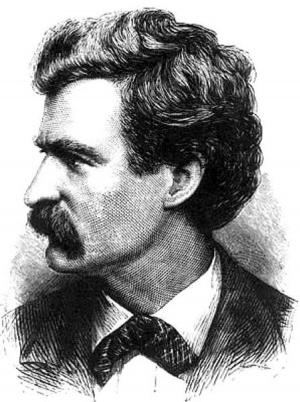The Hero of the People: A Historical Romance of Love, Liberty and Loyalty
Nonfiction, Religion & Spirituality, New Age, History, Fiction & Literature| Author: | Alexandre Dumas | ISBN: | 9781465581259 |
| Publisher: | Library of Alexandria | Publication: | March 8, 2015 |
| Imprint: | Language: | English |
| Author: | Alexandre Dumas |
| ISBN: | 9781465581259 |
| Publisher: | Library of Alexandria |
| Publication: | March 8, 2015 |
| Imprint: | |
| Language: | English |
The French Revolution had begun by the Taking of the Bastile by the people of Paris on the Fourteenth of July, 1789, but it seemed to have reached the high tide by King Louis XVI, with his Queen Marie Antoinette and others of the Royal Family, leaving Versailles, after some sanguinary rioting, for the Capital, Paris. But those who think, in such lulls of popular tempests, that all the mischief has blown over, make a mistake. Behind the men who make the first onset, are those who planned it and who wait for the rush to be made and, then, while others are tried or satisfied, glide into the crowds to stir them up. Mysterious agents of secret, fatal passions, they push on the movement from where it paused, and having urged it to its farthest limit, those who opened the way are horrified, at awakening to see that others attained the end. At the doorway of a wine saloon at Sevres by the bridge, over the Seine, a man was standing who had played the main part, though unseen, in the riots which compelled the Royal Family to renounce an attempt to escape out of the kingdom like many of their sycophants, and go from Versailles Palace to the Tuileries. This man was in the prime of life: he was dressed like a workingman, wearing velveteen breeches shielded by a leather apron with pockets such as shinglers wear to carry nailes in, or blacksmith-farriers or locksmiths. His stockings were grey, and his shoes had brass buckles; on his head was a fur cap like a grenadier’s cut in half or what is called nowadays an artillerist’s busby. Grey locks came straggling from under its hair and mingled with shaggy eyebrows; they shaded large bulging eyes, keen and sharp, quick, with such rapid changes that it was hard to tell their true color. His nose was rather thick than medium, the lips full, the teeth white, and his complexion sunburnt.
The French Revolution had begun by the Taking of the Bastile by the people of Paris on the Fourteenth of July, 1789, but it seemed to have reached the high tide by King Louis XVI, with his Queen Marie Antoinette and others of the Royal Family, leaving Versailles, after some sanguinary rioting, for the Capital, Paris. But those who think, in such lulls of popular tempests, that all the mischief has blown over, make a mistake. Behind the men who make the first onset, are those who planned it and who wait for the rush to be made and, then, while others are tried or satisfied, glide into the crowds to stir them up. Mysterious agents of secret, fatal passions, they push on the movement from where it paused, and having urged it to its farthest limit, those who opened the way are horrified, at awakening to see that others attained the end. At the doorway of a wine saloon at Sevres by the bridge, over the Seine, a man was standing who had played the main part, though unseen, in the riots which compelled the Royal Family to renounce an attempt to escape out of the kingdom like many of their sycophants, and go from Versailles Palace to the Tuileries. This man was in the prime of life: he was dressed like a workingman, wearing velveteen breeches shielded by a leather apron with pockets such as shinglers wear to carry nailes in, or blacksmith-farriers or locksmiths. His stockings were grey, and his shoes had brass buckles; on his head was a fur cap like a grenadier’s cut in half or what is called nowadays an artillerist’s busby. Grey locks came straggling from under its hair and mingled with shaggy eyebrows; they shaded large bulging eyes, keen and sharp, quick, with such rapid changes that it was hard to tell their true color. His nose was rather thick than medium, the lips full, the teeth white, and his complexion sunburnt.















